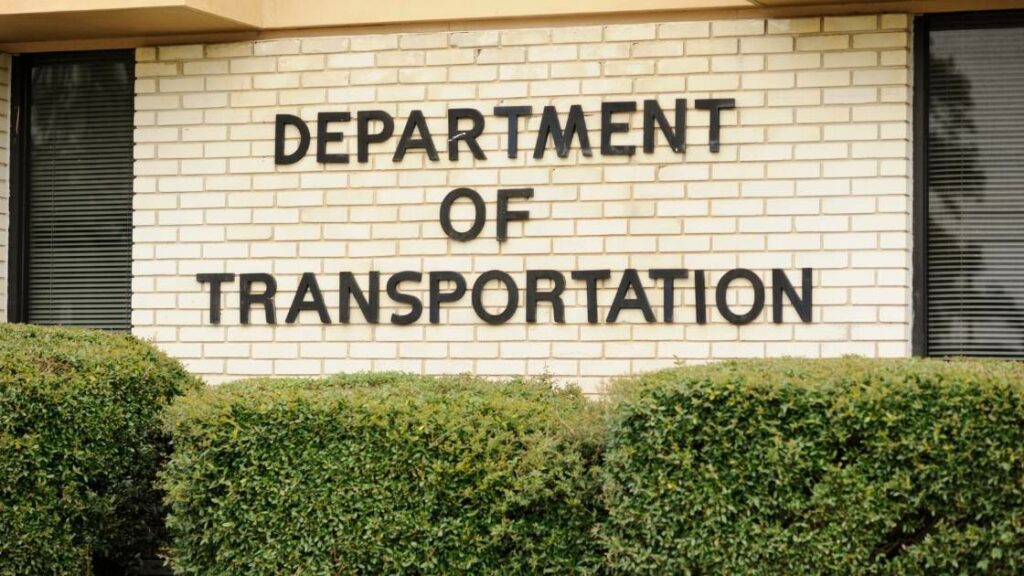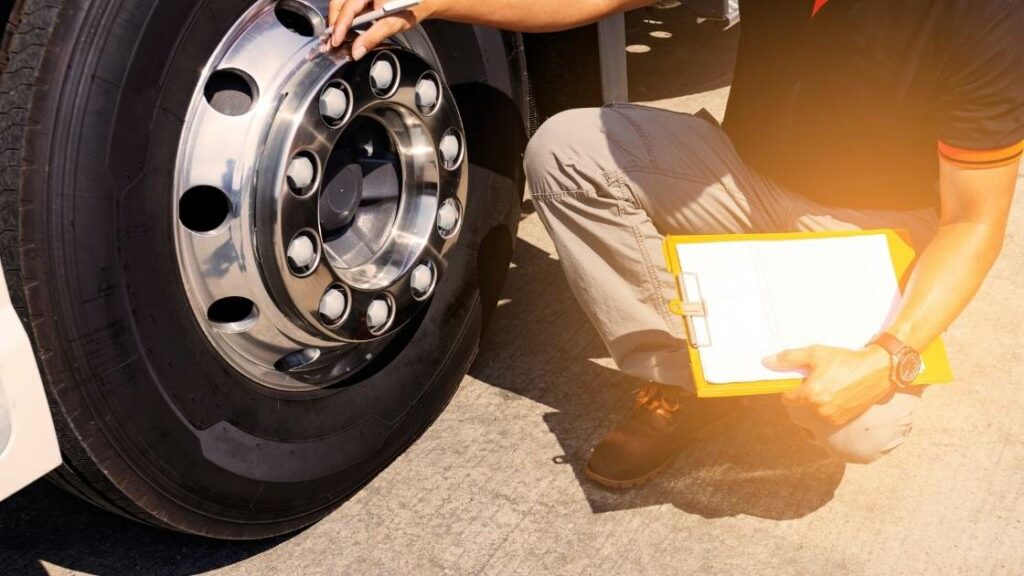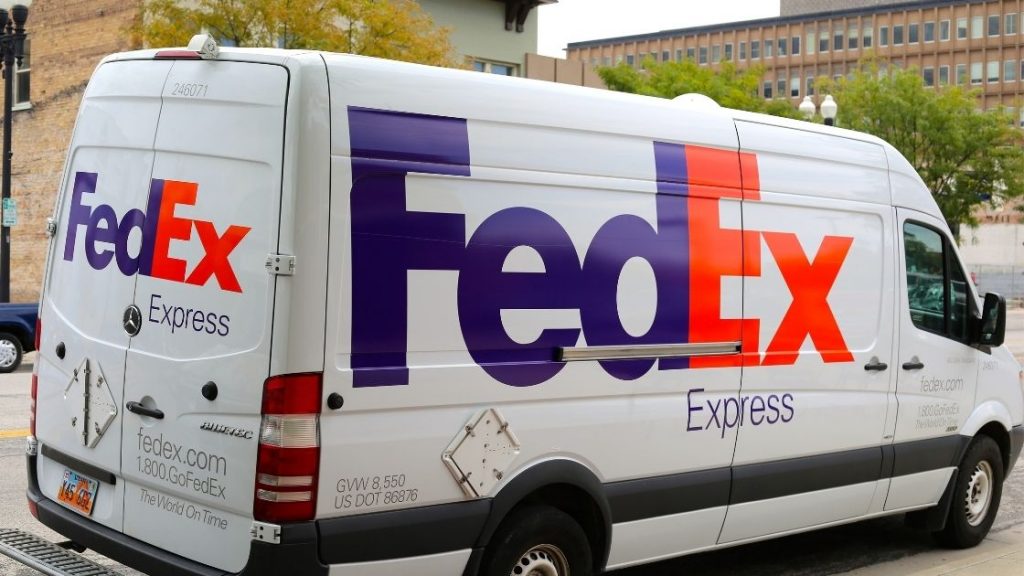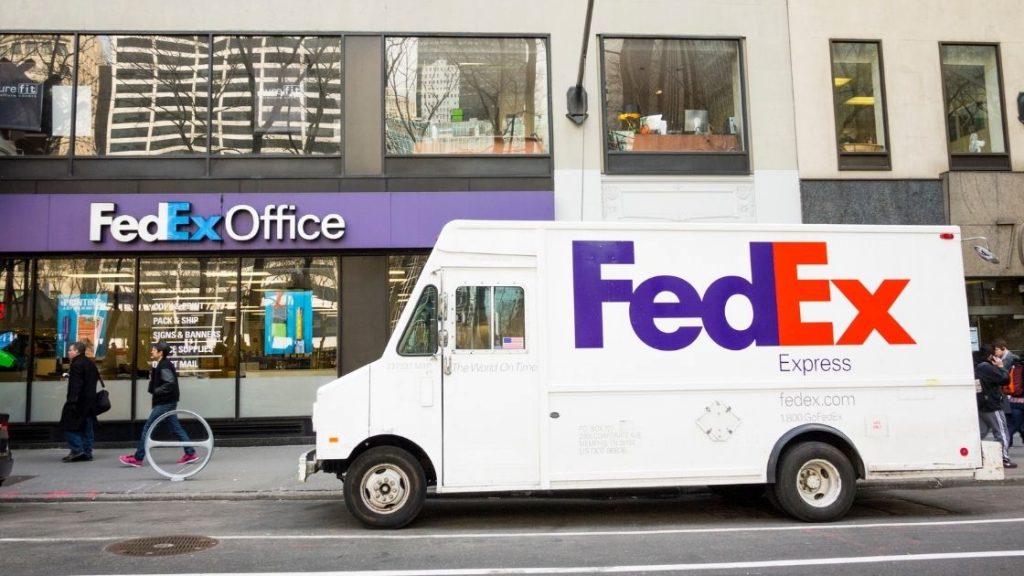If you are a non-CDL trucker (or are interested in becoming one), understanding which regulations apply and which don’t can be confusing.
After all, CDL requirements center around where you drive (interstate, intrastate or across the border), the weight of your vehicles and towed units, and what you carry (e.g., passengers, hazardous items, etc.)
But many of the other federal and state regulations also focus on some or all of these areas, so there can be overlapping requirements.
In other words, even if you don’t need a CDL, you may still need to comply with other legal requirements, depending on what you drive, where you drive and what you are transporting.
As a general matter, if your total weight is less than 10,000 pounds, many of these regulations won’t apply to you. Exceeding that weight is a key threshold for being defined as a commercial motor vehicle under FMCSA regs.
That doesn’t mean you shouldn’t closely examine whether your specific situation may trigger one or more regs (for example, if you carry hazardous materials or passengers, both are notable exceptions to this general statement).
What We’ll Cover
In this article, I am going to cover key regulations for non-CDL trucking issued by the Department of Transportation (DOT) and the Federal Motor Carrier Safety Administration (FMCSA), which is the part of the DOT that is responsible for reducing crashes, injuries, and deaths involving large trucks and buses.

Note: In the interest of trying to cover more bases, I have included a couple of regs from related governmental entities as well. Now this article does not cover every possible regulation that may apply to your situation. Not only would something like that be highly circumstance-specific, it would be impossible to do without writing an entire book!
Here’s a list of topics we’ll cover, so you can get a sense of where we’re going.
Operating Authority (US DOT Number and Motor Carrier (MC) Number)
We’ve got a lot to cover, so let’s get into it!
This post may contain affiliate links. If you click on a link and complete a transaction, I may make a small commission at no extra cost to you.
The information contained in this post is for informational purposes only. It is not a recommendation to buy or invest, and it is not financial, investment, legal, or tax advice. You should seek the advice of a qualified professional before making any investment or other decisions relating to the topics covered by this article.
1. Obtain DOT Medical Card
If you are a commercial driver of a vehicle operating in interstate commerce (that means more than one state) with a maximum gross vehicle weight rating of over 10,000 pounds, you need to obtain and maintain a valid Medical Examiner’s Certificate.
Now this applies whether you have a CDL or not. But if you do have a CDL, you have two additional requirements, which you can check out here.
This certificate (often called an ME certificate or DOT medical card) basically confirms that you are physically able to perform the required trucking activities.
You need to make sure the medical exam is done through a licensed medical examiner listed on the FMCSA National Registry. This tool provided by the FMCSA will help you find a qualified medical examiner near you.
2. Obtain Trucking Authority (USDOT and Motor Carrier Numbers)
If you are going to be an owner-operator, you will need to get what is commonly known as your own trucking authority if you meet certain criteria. Again, this applies even if you are not necessarily driving a vehicle that requires a CDL.
US DOT Number
According to the FMCSA, you will need a US DOT if you do both of the following:
- You are involved in interstate commerce; and
- Your vehicle meets certain weight and/or use requirements
What is Interstate Commerce? It essentially means that you are moving through or between states (or from a state to outside the US). It also includes moving within two places in a state as part of trade, traffic or transportation originating or terminating outside the state or the US.
What are the Weight and Use Requirements? The weight/use requirements are basically as follows (you just need to trigger one of them):
You have a vehicle that (i) is used to transport hazardous materials; (ii) has a weight of over 10,000 pounds; (iii) is used to transport more than 8 passengers for compensation; or (iv) is used to transport 15 passengers without compensation.
Note that the FMCSA provides some specific ways you need to measure weight. See here for more details.
Now even if you plan on delivering within just your state, some states also require you to have a USDOT number even if you are only engaging in intrastate commerce, so you need to check your state’s requirements on this.
MC Number
On top of getting your USDOT, you may need a Motor Carrier (MC) number. This will be needed if you plan are engaging in interstate commerce, you don’t own the freight you are transporting, and you will get a fee for moving the freight.
For more details on MC numbers, check out the FMCSA website on the topic.
Getting your own authority is a fairly involved process so you should be prepared for that.
One important element that you should not ignore as part of this process is insurance. The FMCSA requires specific insurance coverage amounts if you are a carrier seeking your own authority.
In general terms, the FMCSA’s insurance requirements are as follows:
For those transporting freight (as opposed to passengers), the required public liability insurance coverage is $750,000 – $5,000,000, depending on commodities transported.
If you are moving non-hazardous freight in vehicles weighing under 10,001 lbs., then that amount is reduced to $300,000. As a non-CDL trucker, you may be able to take advantage of this lower threshold.
If you are transporting household freight, you will also need cargo insurance ($5,000 per vehicle; $10,000 per occurrence).
To learn more about insurance filing requirements and the forms you will need to fill out, check out the FMCSA’s website on the topic here.
As far as who you should use for insurance coverage, that’s really up to you, but Progressive seems like a leader in this space, so you may want to check them out.
3. Designate Agents For Service of Process (BOC-3)
If you are a carrier operating under your own authority, you will need to file a BOC-3. “BOC” stands for Blanket of Coverage and the form lists out who can receive legal documents on your behalf.
According to the DOT, an agent must be designated for each state in or through which the carrier operates. This is so that if a claim is made against the carrier, they can be served in that state, even if the carrier doesn’t live in that state.
The DOT lists various process agents you can use to fill out your BOC-3 form. They all offer nationwide coverage, so no need to worry on that front.
4. Comply With Hours of Service (HOS)
According to the FMCSA, most commercial motor vehicle (CMV) drivers must comply with hours of service (HOS) requirements. This is to basically ensure that exhausted drivers don’t become a danger on the road.
According to the FMCSA, a CMV is a vehicle that is used as part of a business and is involved in interstate commerce and fits any of these descriptions:
- Weighs 10,001 pounds or more
- Has a gross vehicle weight rating or gross combination weight rating of 10,001 pounds or more
- Is designed or used to transport 16 or more passengers (including the driver) not for compensation
- Is designed or used to transport 9 or more passengers (including the driver) for compensation
- Is transporting hazardous materials in a quantity requiring placards
So, if your activities meet these thresholds, then you will need to comply with HOS standards. The basic requirements are as follows:
- You can’t drive for more than 11 hours after 10 hours off duty,
- You get a 14 hour window for driving after 10 hours off duty,
- You must take a 30 minute driving break if you’ve driven for 8 straight hours
- You have a 60/70 hour limit in 7/8 consecutive days
The driver must also maintain a log book that tracks their status (driving, off duty, sleeper berth, on duty but not driving). Generally, you have to do this using an ELD (which stands for an Electronic Logging Device), but there are some exceptions. Source
Note: There is a short haul exemption to the HOS rule that may apply for certain operators doing shorter loads. A driver is exempt from certain HOS requirements if the driver operates within a 150 mile radius of the normal work reporting location and the driver does not exceed the maximum duty period of 14 hours.
If you want a more detailed description of Hours of Service requirements, check out the DOT’s summary of the topic here.
5. Driver Vehicle Inspection Reports (DVIRs)

The FMCSA requires that drivers inspect their commercial motor vehicles (again, your non-CDL set up allow you to not qualify as a CMV) before and after each trip (at the end of each work day).
To comply, you’ll need to check things like your service brakes (including trailer brake connections), parking brake, lighting devices and reflectors, coupling devices, wheels and rims, steering systems, horn, wipers, mirrors, emergency equipment (e.g., fire extinguisher, fuses, flares, etc.) and so on.
For more details on what needs to be in the DVIR , check out the FMCSA rules here.
6. UCR Compliance
What is UCR?
The Unified Carrier Registration (or UCR) is a federal program that requires that individuals or companies involved in interstate travel pay an annual registration fee based on the total number of vehicles in their fleet.
It replaces the old Single State Registration System (SSSR). Source.
Who is subject to UCR?
If you are a carrier operating a commercial vehicle that weighs more than 10,000 pounds, or placarded amounts of hazardous materials or transporting more than 10 passengers (including driver) across interstate lines, then you will be subject to UCR.
If you want to know if this will apply to trucking operation, use the decision tree tool provided by the UCR organization. You can access that tool here.
How Do I Comply with UCR?
If you are subject to the UCR, you will need to register with them (and of course pay the applicable fee). You can start the process by going to the official UCR website here.
7. Driver Qualification File
According to the FMCSA, if you are a going to be employing other drivers in your trucking business, you may need to maintain a driver qualification file for those drivers. This would be required for any driver operating a CMV (again, generally speaking, more than 10,000 lbs weight).
This file includes the following:
- Driver’s Application for Employment
- Inquiry to Previous Employers for Safety Performance History (3 year lookback)
- Inquiry to State Agencies for Driver’s Motor Vehicle Record and Carrier’s Annual Review of Record
- Driver’s Road Test Certificate or Equivalent
- Medical Examiner’s Certificate
- Inquiry about Drugs and Alcohol Tests
Conclusion
So there you have it – 7 key regulations you need to be aware of as a non-CDL trucker and some helpful tips on how to comply with them. Hope this has been helpful and happy trucking!

